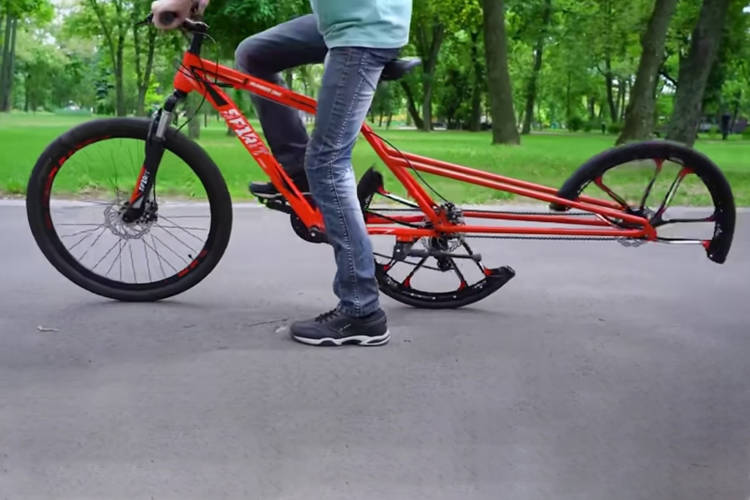
Engineer Creates Functional Half-Wheel Bicycle
You may think that wheels are essential when it comes to bicycles, but one resourceful engineer’s recent invention demonstrates that two half wheels are just

You may think that wheels are essential when it comes to bicycles, but one resourceful engineer’s recent invention demonstrates that two half wheels are just
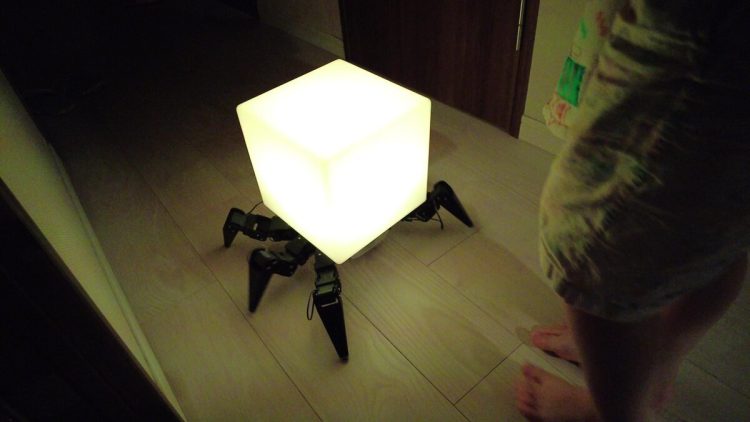
A Japanese IT engineer has created a creepy nigh lamp that crawls on robotic spider legs and leads you to the toilet in the middle

Japanese smart eyewear company Vixion has been working on an innovative pair of eyeglasses that can adjust the focus of the lenses, thus helping wearers
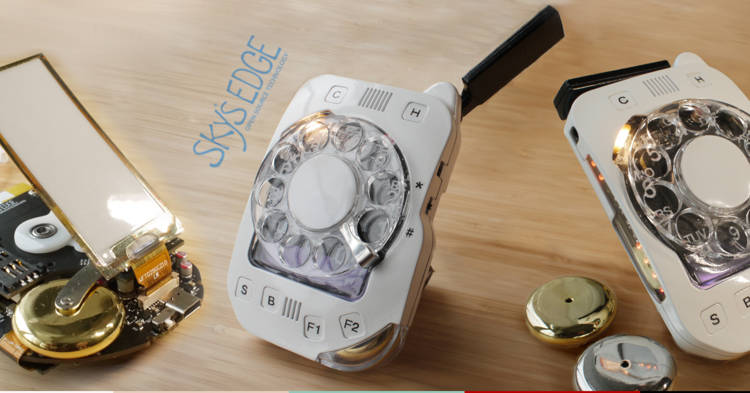
If you’re a millennial who misses the old rotary phone that was such a big part of your life growing up, the Rotary Un-Smartphone Kit

Speech2Face is an advanced neural network developed by MIT scientists and trained to recognize certain facial features and reconstruct people’s faces just by listening to
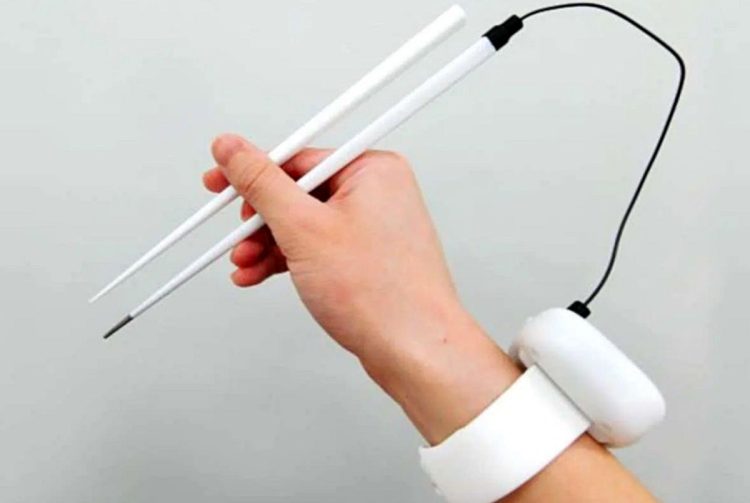
Japanese beverage maker Kirin Holdings teamed up with researchers at Meiji University in Tokyo to create smart chopsticks that reportedly make food taste more savory.
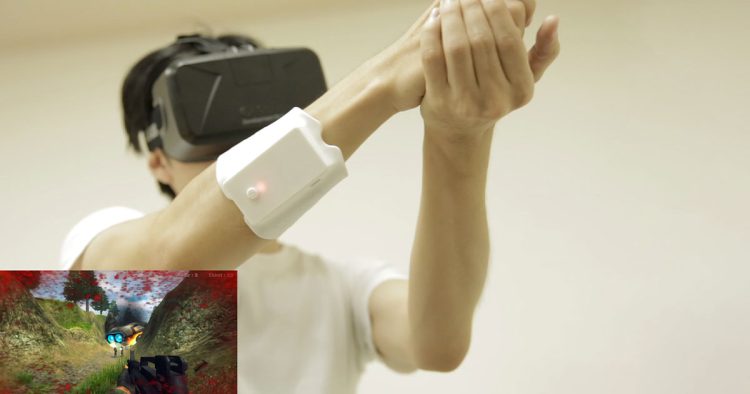
A Japanese startup is trying to blur the line between reality and virtual reality with technology that allows the wearer to feel the pain experienced

Japanese tech giant Kawasaki caused a lot of raised eyebrows at the world’s largest robot trade show in Tokyo, with Bex, a rideable robot goat.

A Polish robotics engineer recently posted a series of intriguing videos of what looks like a dextrous android arm powered by synthetic muscles. Łukasz Koźlik,
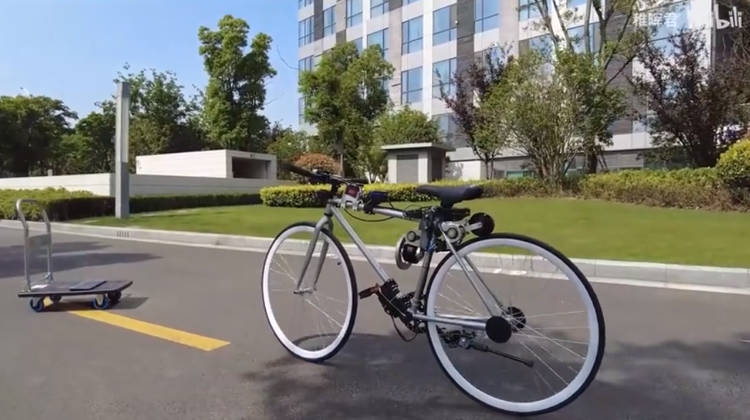
After losing his balance and falling off his bicycle, a bright Chinese engineer dedicated his spare time to designing and building a bike that not

Hua Zhibing officially registered and became a student of Beijing’s Tsinghua University on Tuesday. But she’s not just another student, but China’s first AI-powered, virtual

The Expanscape Aurora 7 prototype is being marketed as the world’s first seven-screen laptop, a 17.3-inch behemoth designed with IT professionals and content creators in
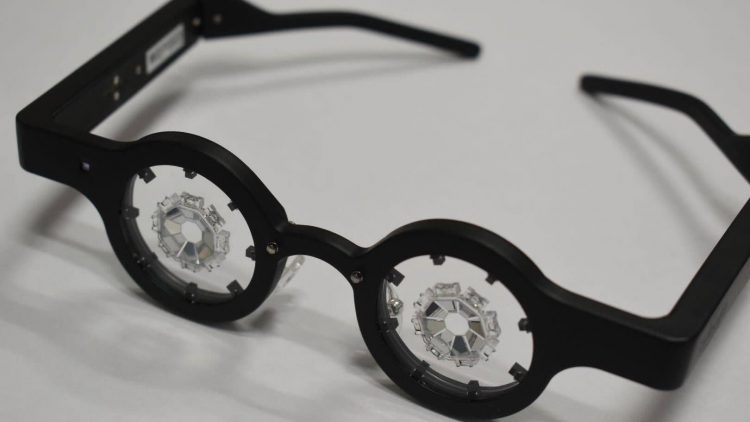
Japan’s Kubota Pharmaceutical Holdings claims to have developed smart glasses that, if worn just an hour per day, can allegedly cure myopia. Myopia, or nearsightedness,

Smartphones have long been known to be crawling with all sorts of bacteria and microbes, but that “dirty” reputations is getting a cleanup thanks to

The new Apple iPhone 12 was only announced a few days ago, but if you can’t wait until its official launch, or if you can’t